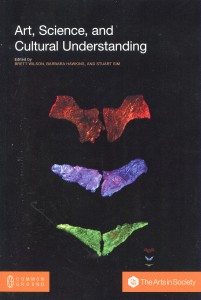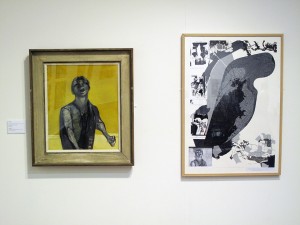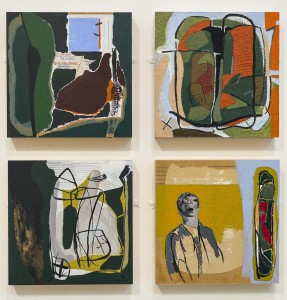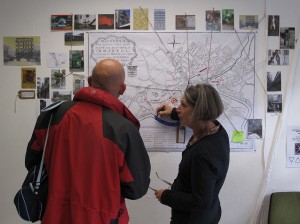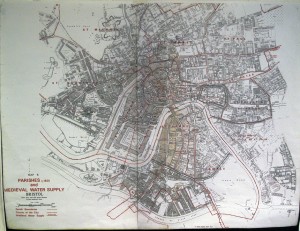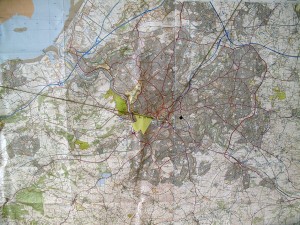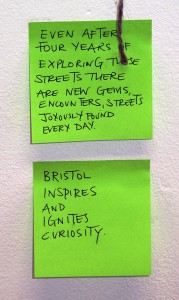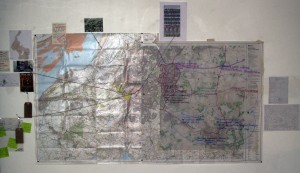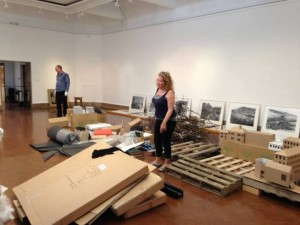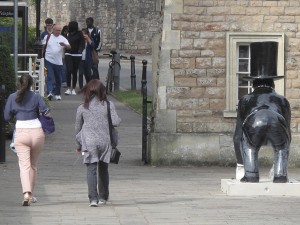I have been neglecting this blog – in part because of family issues and in part because I’ve been busy preparing a talk on deep mapping for the Hydro-citizens research network I’m involved in, a keynote paper for a conference on the Gothic (don’t ask!) and, most urgently, a presentation for an event next week called: ‘Resilience – just do it?! A workshop for PhD candidates, early career researchers and senior researchers and practitioners’, in Groningen on October 9th – 10th. The organisers have framed the event as follows:
“With regard to disaster resilience, policies are often focusing on rebuilding the economic and physical infrastructure of a community. However, resilience is a community-wide and holistic characteristic, which demands a broad conceptual underpinning if it is to be translated effectively into policy initiatives. As a result, planners and policymakers are increasingly asked to include the social side when planning for resilience. Concepts such as community identity, social capital, place attachment, community cohesion, sense of place and community participation are relevant in this context. Recent research indicates that having strong personal networks, high levels of participation in community activities and a sense of belonging in a community can contribute to residents’ resilience. Moreover, a ‘sense of place’ and community identity can enhance community resilience as they, for instance, exert substantial power to mobilize people into proactive action in recovery efforts”.
My own involvement is with one of four themed tracks, which is outlined as follows:
“This track specifically focuses on the social side of resilience, aiming to pay attention to the concepts highlighted above, and seeking to create a dialogue on how the social side of resilience could be integrated in planning for resilience. One specific focus of this track is the role that the arts can play in enhancing a community’s resilience. The arts can create a focus for community interaction and participation, in this way, fostering collective action and the development of social capital. Research suggests that the arts can be considered to have a so-called ‘survival value’, by building resilience and providing the innovation necessary for communities to cope with change”.
As it happens I actively dislike the term ‘resilience’ (which seems to me central to the new conservative eco-scientism) and am increasingly uncertain about the tacit instrumentalism implicit in the idea that “the arts can create a focus for community interaction and participation, in this way, fostering collective action and the development of social capital”. (I’m also uncomfortable with all those ‘top down’ concepts being applied to communities whose own ideas and experience rarely get a look in). So the title of my presentation is: Coping strategies and the art of social translation – with the term ‘coping strategies’ borrowed from the landscape architects Maggie Roe and Ken Taylor – taken as an active vernacular alternative to ‘resilience’.
While I’m in Groningen I’m also going to meet with Prof. Hans van Ees, Dean of the university’s newest faculty – University College Groningen – which aims “to become an internationally recognised centre of innovative interdisciplinary education and related research on complex societal challenges”. This is happening through the good offices of Dr Bettina van Hoven, who is Associate professor Cultural Geography (Faculty of Spatial Sciences) at Groningen. ( Mary Modeen and I have recently invited Bettina to become an associate member of PLaCE International UK). In relation to this meeting my primary concern is to listen to what Prof. van Ees has to say about the potentially very valuable initiative for which he’s responsible, but I also hope to interest him in the work of PLaCE International and in approaches like deep mapping as potentially an integral part of what UCG is hoping to achieve. I have been reading the Horizons: Imagining Futures platform proposal he and a small group have recently submitted to the university, which seems to me to propose exactly the type of educational vision we now desperately need.
I will report back on this trip in due course.
